From Calder’s celebration of two birthdays to Dalí’s strange hypnagogic methods, we spotlight six unusual artists’ tendencies
The artist and his eccentricities is a notorious coupling. It could even be said that peculiar habits are an essential element to the creative pursuit –by breaking with societal norms, the artist realises their own autonomy, and as such is able to make art that is utterly unique. Take Alexander Calder, for instance, pioneer of the now universal ‘mobile’, whose kinetic art – achieved through lengthy experimentation with concepts of weightlessness and gravity – is a curious balance of movable segments. Calder’s unusual practices included ‘sketching’ in wire (there was always a coil in his pocket for those moments of inspiration) as well as celebrating two birthdays, one month apart; registered as having been born on July 22, Calder’s mother insisted that City Hall officials had made a mistake and that he was in fact born on August 22. Making the best of a confusing situation, the artist is reported to have celebrated both with relish. Today, on what would have been his 118th birthday, we shine a light on six other weird and wonderful artists’ tendencies.

Salvador Dalí
Celebrated surrealist Salvador Dalí was fascinated by the intersection between unconsciousness and reality, once declaring that his pieces were, “hand-painted dream photographs”. Such was the importance of dreaming to his art that Dalí invented a tactic to enable him to access this hypnagogic realm: settling for a nap, he would hold a key over a metal plate and, as soon as sleep came creeping through, the clanging of the dropped key would wake him, allowing him both the micro rest he required, and the ability to immediately record visuals experienced on the brink of the unconscious.
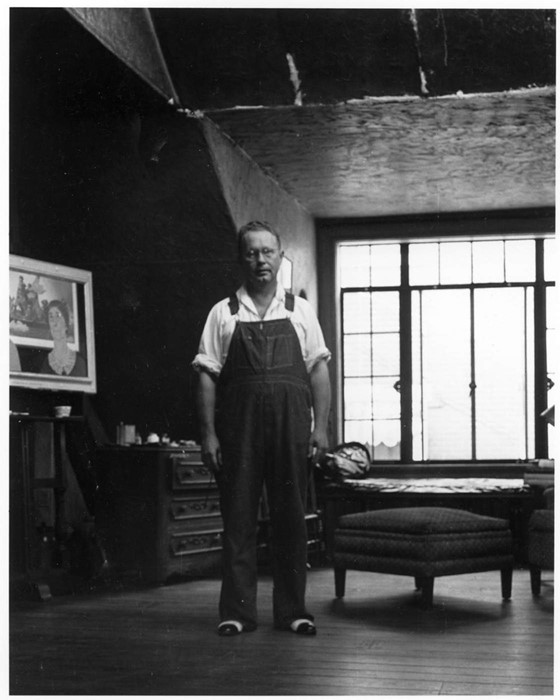
Grant Wood
Painter Grant Wood stood at the forefront of American Regionalism, a movement that arose during the Great Depression and focussed on realistic representations of rural, Midwestern America. Best known for his seminal, and oft parodied, work American Gothic (1930), starring a sinister, long-faced farmer and his equally sombre wife or daughter, it is unsurprising to learn that Wood himself was not without the odd eccentricity. For almost a decade he resided in the attic of a funeral home carriage house – his abode while painting American Gothic – where he is said to have replaced the front door with a coffin lid fitted with a dial that could be set to let visitors know his whereabouts, be they ‘In’, ‘Out of Town’, ‘Taking a Bath’ or ‘Having a Party’.
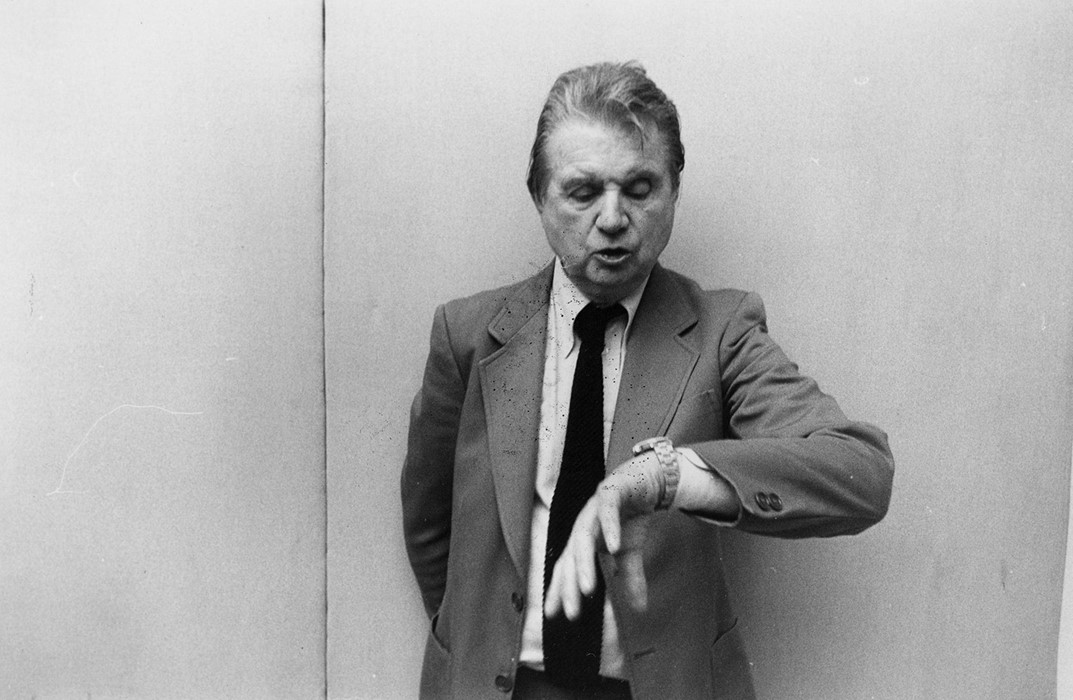
Francis Bacon
Prolific painter Francis Bacon was notoriously a creature of habit: rising early and painting for several hours a day, he would then indulge in drinking, dining and socialising from midday until the small hours of the morning. “I often like working with a hangover […] because my mind is crackling with energy and I can think very clearly,” he famously said. But while everyone knows that Bacon was an insatiable hedonist, what is less well documented is his struggle with insomnia – the artist relied on pills to sleep, and in a rather unusual bid to cure his restlessness, would read and reread classic cookbooks in order to lull him into slumber.
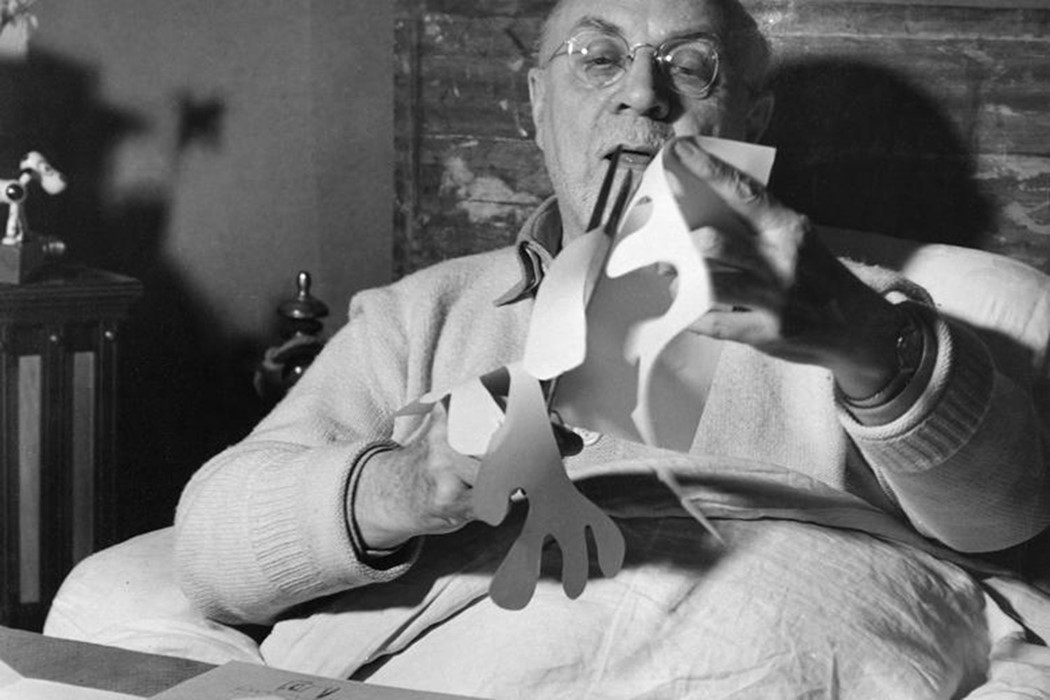
Henri Matisse
When Henri Matisse was diagnosed with cancer in 1941, he was forced to change his working methods, rendered a semi-invalid by the numerous operations he would go on to endure. But did he let this slow him down? Not one bit. Instead, he began working in paper cut-outs, which he found easier to craft with than paint. In 1949, while designing the Chapel of Rosary in Vence, he found himself badly bed bound and had his high-ceilinged apartment in the Hôtel Régina in Cimiez, a similarly sized space to the chapel, transformed into what he dubbed “the factory”. While reclining in his bed, he would chop out various shapes before shouting instructions to his assistants who would arrange them around the room, allowing him to envisage his plan for the sacred space. Perhaps more a sign of innovation than peculiarity, but weird and wonderful nevertheless.
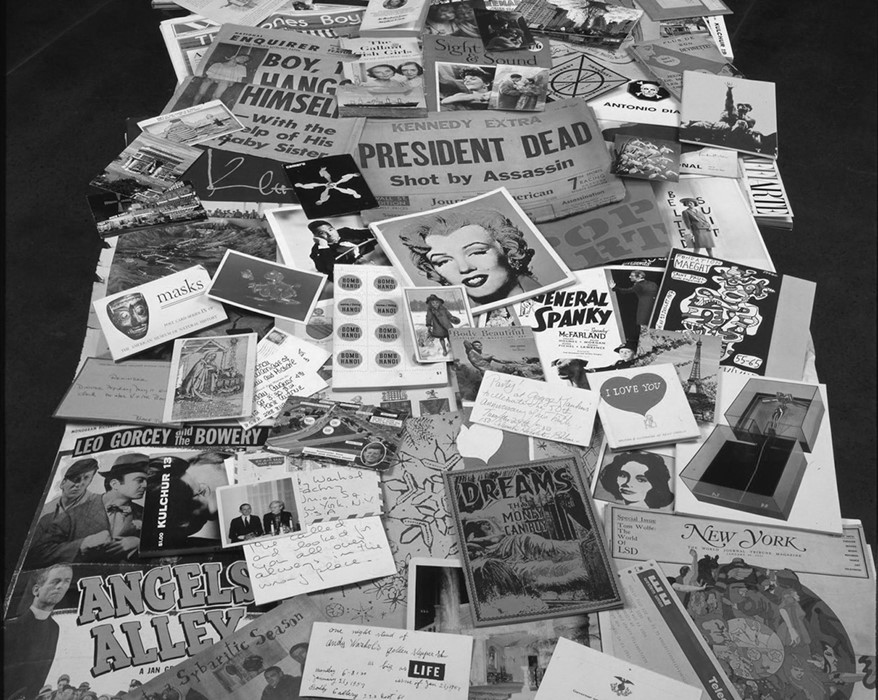
Andy Warhol
Andy Warhol was an obsessive collector, his four-story townhouse a veritable hoarder’s lair of knickknacks and junk, but he also put this compulsion to artistic use in the creation of his famous Time Capsules, the largest of his ‘habit-formed’ artworks. He created his first capsule in 1974, when, having relocated to a new studio, he decided that squirrelling away his daily influx of material into cardboard boxes made for a most proficient filing system. From then until his death in 1987, Warhol filled 610 boxes, containing everything from photographs, letters and Christmas cards to a mummified foot, Caroline Kennedy’s birthday cake and a 17th-century German book on wrestling. He would use one box at a time, stuffing it to the brim before sealing it with tape, marking it with a date or title, and putting it into his archive. The resulting treasure trove has subsequently offered fascinating, posthumous insight into the everyday workings of the illustrious pop art king.
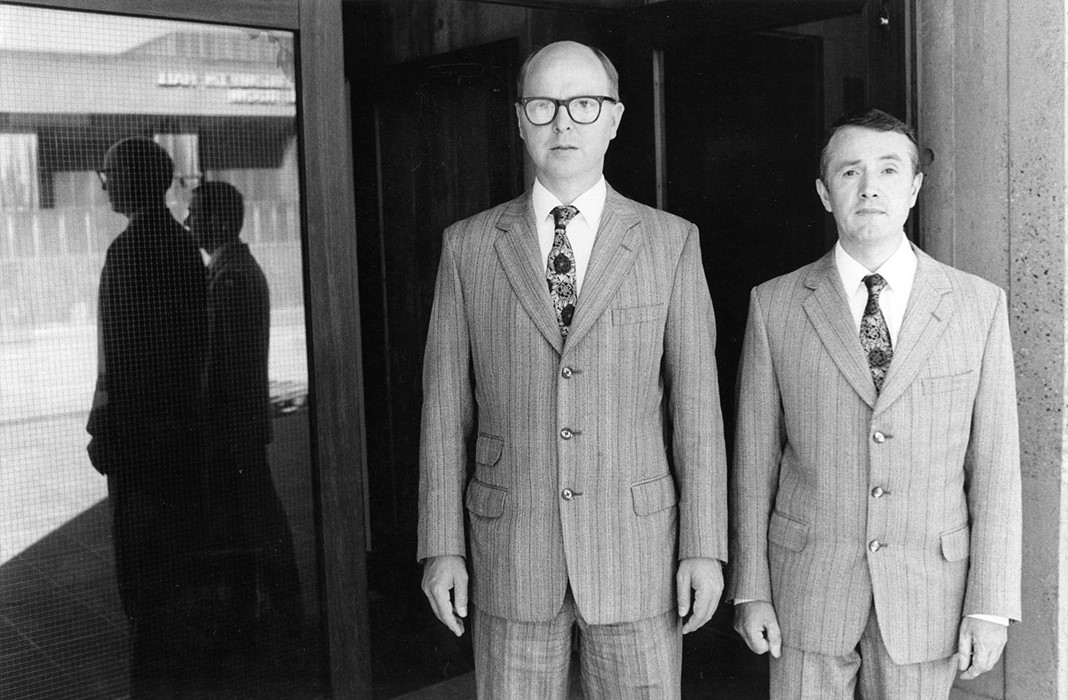
Gilbert and George
East London artists Gilbert and George have followed a uniform routine for years. They rise at 6:30am every day, each dressing in a crisp, tailored suit. They visit the same spots for lunch and dinner and only change their food order once every three months. Famed for their ‘living sculptures’ and vibrantly coloured, photographic-based artworks, the duo’s habitual behaviour is constructed, and accordingly followed, in order to maximise time for more artistic pursuits; they reportedly only visit the supermarket a handful of times each year in order to stock up on necessities.
